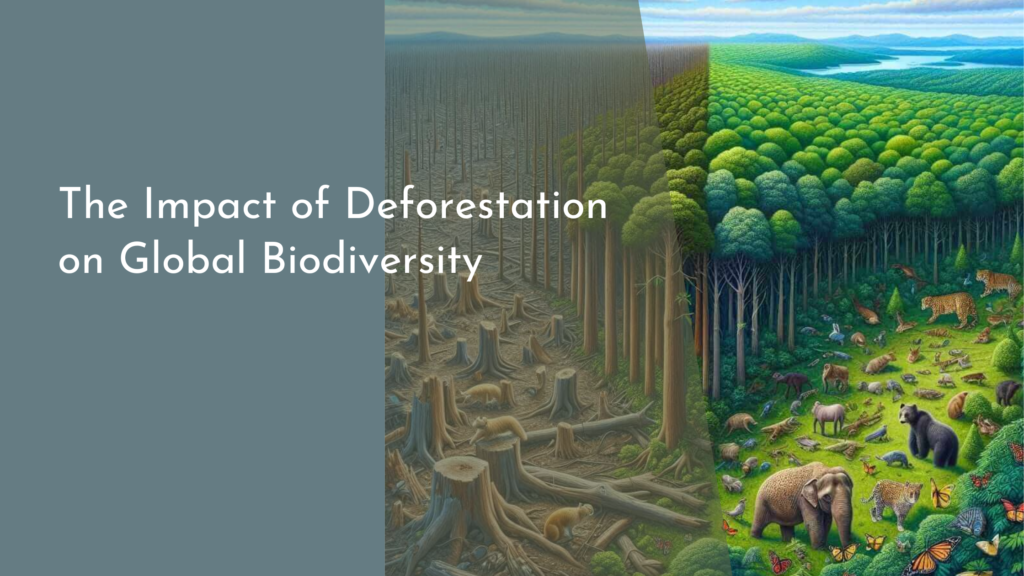Urban Heat Islands: Mitigating Effects through Permaculture
As cities around the globe continue to expand, one of the most pressing environmental challenges they face is the phenomenon of Urban Heat Islands (UHIs). These areas, where urbanization leads to significantly higher temperatures than surrounding rural areas, are a concern for public health, energy consumption, and climate change. However, innovative approaches like permaculture offer exciting solutions to mitigate these effects and create more sustainable urban environments. This article explores the relationship between UHIs and permaculture, showcasing how nature-inspired design can help cool our cities while enhancing biodiversity and community well-being.
Understanding Urban Heat Islands and Their Impact on Cities
Urban Heat Islands occur when cities absorb and retain heat due to human activities and infrastructure, such as concrete, asphalt, and buildings. This heat absorption can lead to temperature differences of up to 5°F (2.8°C) or more between urban and rural areas, especially during the summer months. The consequences of UHIs are profound; they can exacerbate air pollution, increase energy consumption for cooling, and heighten health risks for vulnerable populations, such as the elderly and those with pre-existing conditions.
Moreover, UHIs can contribute to the intensification of climate change, as increased energy use leads to higher greenhouse gas emissions. Rainwater runoff in urban areas can also be affected, resulting in localized flooding and water quality issues. To combat these challenges, cities must explore innovative solutions that not only address the heat directly but also enhance the overall quality of urban life. Here, the principles of permaculture can play a pivotal role in creating cooler, greener urban environments.
The Principles of Permaculture: Nature’s Design for Cooling
Permaculture is an ecological design system that emulates the patterns and relationships found in nature. It seeks to create sustainable and self-sufficient habitats by integrating plants, animals, water, and soil in harmonious ways. The principles of permaculture emphasize diversity, resilience, and efficiency, making it an ideal framework for addressing the challenges posed by Urban Heat Islands. By redesigning urban landscapes to mimic natural ecosystems, we can significantly reduce heat absorption and improve overall livability.
Key permaculture techniques, such as planting trees, creating green roofs, and developing urban gardens, can help cool cities by providing shade, increasing evapotranspiration, and enhancing biodiversity. These strategies not only lower temperatures but also improve air quality, create habitats for wildlife, and foster community engagement. By viewing cities through a permaculture lens, urban planners and communities can develop innovative green spaces that cool the environment and enrich the lives of residents.
Creative Strategies to Combat Heat with Permaculture
Implementing permaculture principles in urban design can take various forms, each tailored to the unique needs of a community. One effective strategy involves the use of urban forests and tree canopies. By planting native tree species along streets and in parks, cities can create shaded areas that lower surface temperatures and provide natural cooling. Furthermore, integrating edible landscapes—such as community gardens—can transform underutilized spaces into productive green hubs that not only mitigate heat but also promote local food security and foster social interactions.
Another innovative approach is the installation of green roofs and living walls. These structures can significantly reduce the heat island effect by insulating buildings, absorbing rainwater, and providing habitat for pollinators, all while enhancing the aesthetic appeal of urban environments. By incorporating permaculture design elements like water catchments and compost systems, cities can create self-sustaining ecosystems that improve urban resilience against climate change, while also making neighborhoods more inviting and fun.
Real-Life Success Stories: Greening Urban Spaces Together!
Cities around the world have embraced permaculture principles to combat Urban Heat Islands with remarkable success. For instance, Melbourne, Australia, has launched its Urban Forest Strategy, aiming to increase tree canopy cover to 40% by 2040. This initiative not only seeks to cool the city but also enhances biodiversity and provides recreational spaces for residents. Community involvement in planting and maintaining trees has fostered a sense of ownership and pride, demonstrating how collective efforts can lead to meaningful change.
In the United States, cities like Philadelphia and San Francisco have pioneered the use of green roofs as part of their urban infrastructure. These living roofs not only provide insulation but also create habitats for wildlife, improve air quality, and reduce stormwater runoff. By showcasing the benefits of permaculture strategies, these cities inspire others to rethink urban planning and embrace greener, more sustainable practices. Together, these efforts illustrate how communities can come together to transform urban spaces into thriving ecosystems that benefit both people and the planet.
The challenge of Urban Heat Islands is one that requires creativity, collaboration, and commitment. By embracing permaculture principles, cities can develop innovative strategies that not only cool their environments but also create vibrant, thriving communities. As we witness real-life success stories, it becomes increasingly clear that nurturing nature in urban settings is not just beneficial; it’s essential. Together, through community engagement and sustainable design, we can create cities that are not only cooler but also healthier and more enjoyable for all. Let’s cultivate a greener future, one permaculture project at a time!

